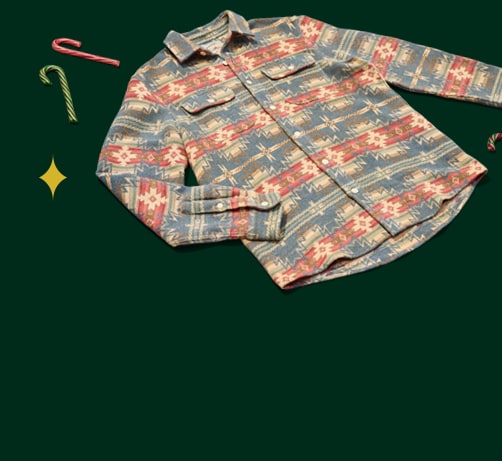
We all want to spend more time riding our bikes than tinkering with them. But the reality of riding your bike—especially if you ride it a lot—is that it will need adjustments and small fixes over the length of a season. Of course, you could take your bike to a local shop, though long turnaround times could have you bike-less for weeks at a time. Doing the work yourself will be faster and it will save you money (which you can spend on more cycling gear). If you’re interested in working on your bike, you're going to need the right bike tools. This guide will help you determine which essentials to buy.
Ask Yourself These Questions
Before you spend hundreds filling out your toolbox, consider the kinds of jobs you can do and where you’ll work on your bike.
How mechanical am I?
While many cycling problems are easy to figure out, be honest with yourself about how handy you are. Maybe you’d be better off focusing on regular cleaning and basics like tire repair while leaving big fixes to the pros.
Do I know what I’m doing?
If you haven’t done much bike maintenance before, study up before you grab a wrench. Read up on bike care to get you started before searching for online videos to walk you through every step of a particular task.
How much room do I have?
You will need a place to store your bike tools and a place to work on your bike. Make sure you have a space in mind before you buy tools, otherwise you may be forced to hand them off to a friend when you realize your garage or closet is already full.
How much money am I willing to spend?
Bike companies make premium, bike-specific tools, but if you are light on funds, you may be able to use more general-purpose implements.
The Repair Stand
The first essential tool for bike maintenance is a repair stand. Rather than leaning your bike against a wall or chair, where it’s sure to get scuffed or fall over, a repair stand provides a comfortable setup for working on your bike. A stand—and there are many options ranging from the small and portable to the stout and permanent—secures your bike at an ideal height off the ground. That’ll make it much easier to access parts and perform maintenance tasks.
Cleaning Materials
Many problems can be fixed, or avoided, with regular bike cleaning. It should be the first step in any maintenance plan.
Brushes: Your bike has as many nooks and crannies as an English muffin. To clean them, buy a set of brushes capable of reaching into each crevice. Large brushes are good for all-over cleaning, tough and bristly ones work well for cleaning out a cassette, and small brushes allow you to reach less accessible areas of the bike, like derailleur parts. Together, these brushes help you remove grime that can slow you down and damage your bike over time.
Chain Cleaning Tool: A clean chain is a happy chain. Buying a specific chain cleaning tool will make it easier to remove worn-in grime in the individual links of your chain.
Wash: A bike-specific soap or water-free cleaning solution will help get dirt and grime like brake residue and chain lube off more delicate parts of your bicycle without damaging them.
Degreaser: You can scrub a dirty chain or cassette as much as you want, but buying a bike-specific degreaser (that won’t damage your paint or other sensitive bike finishes) will make getting the muck off your drivetrain much easier.
Keep Things Moving
Many parts of a bike move and slide against one another. In order to keep everything moving along happily, you need to make sure that these parts are properly lubricated.
Chain Lube: Chain lube helps your chain shift smoothly and propel you forward without clanking, grinding, or jumping. Cleaning and lubing the chain is one of the most important regular maintenance tasks on any bike.
Grease: Many parts of your bike, like the pedals and some wheel components, use threaded metal-on-metal connections. Applying bike grease will prevent wear and keep them from getting stuck together so they last for many seasons.
Carbon Paste: If your bike is made of carbon fiber, buy carbon paste to properly lubricate pieces that fit snugly together, like your seat post and seat tube.























